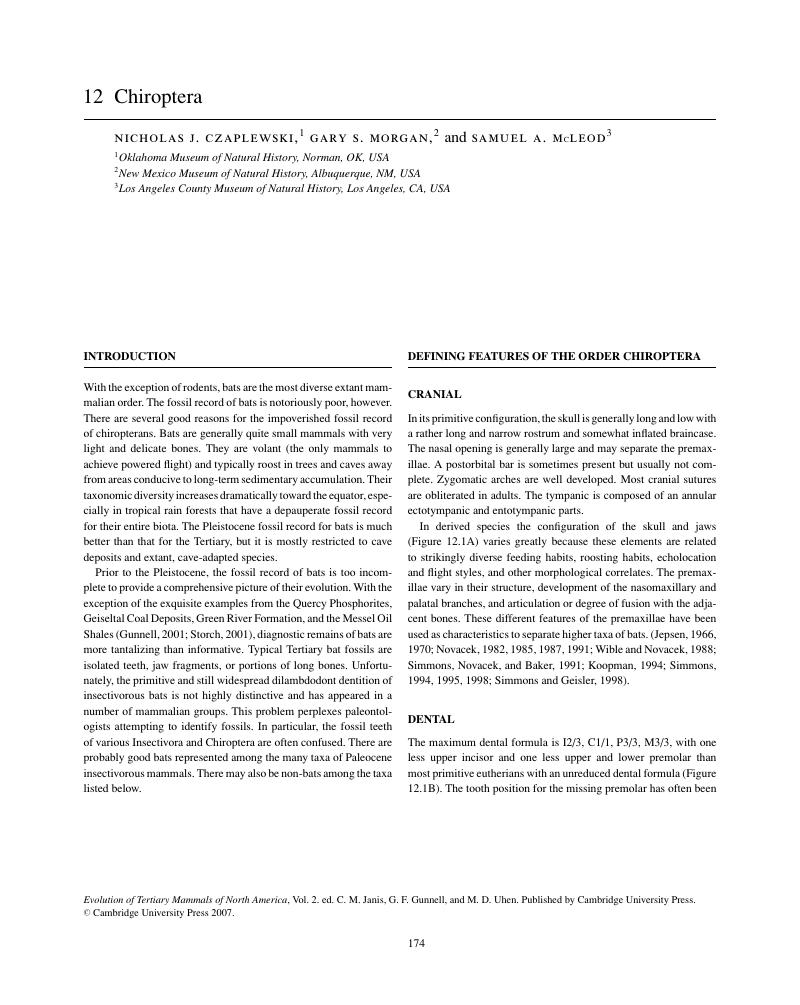Rafinesque, C. S. (
1814).
Précis des Découvertes et Travaux Somiologiques de Mr. C. S. Rafinesque Schmaltz entre 1800 et 1814 ou Choix Raisonné de ses Principales Découvertes en Zoologie et en Botanique, pour Servir d'Introduction à ses Ouvrages Futurs.
Palerme, Royale Typographie Militaire, aux dépens de l'auteur,
1814. [Alternatively, same author and year,
Principes Fondamentaux de Somologie, ou les Loix de la Nomenclature et de la Classification de l'Empire Organique ou des Animaux et des Végétaux: Contenant les Régles Essentielles de l'Art de leur Imposer des Noms Immutables et de les Classer Méthodiquement.
Palerme, De l'imprimerie de Franc. Abate, aux dépens de l'auteur,
1814.]
Google Scholar 



